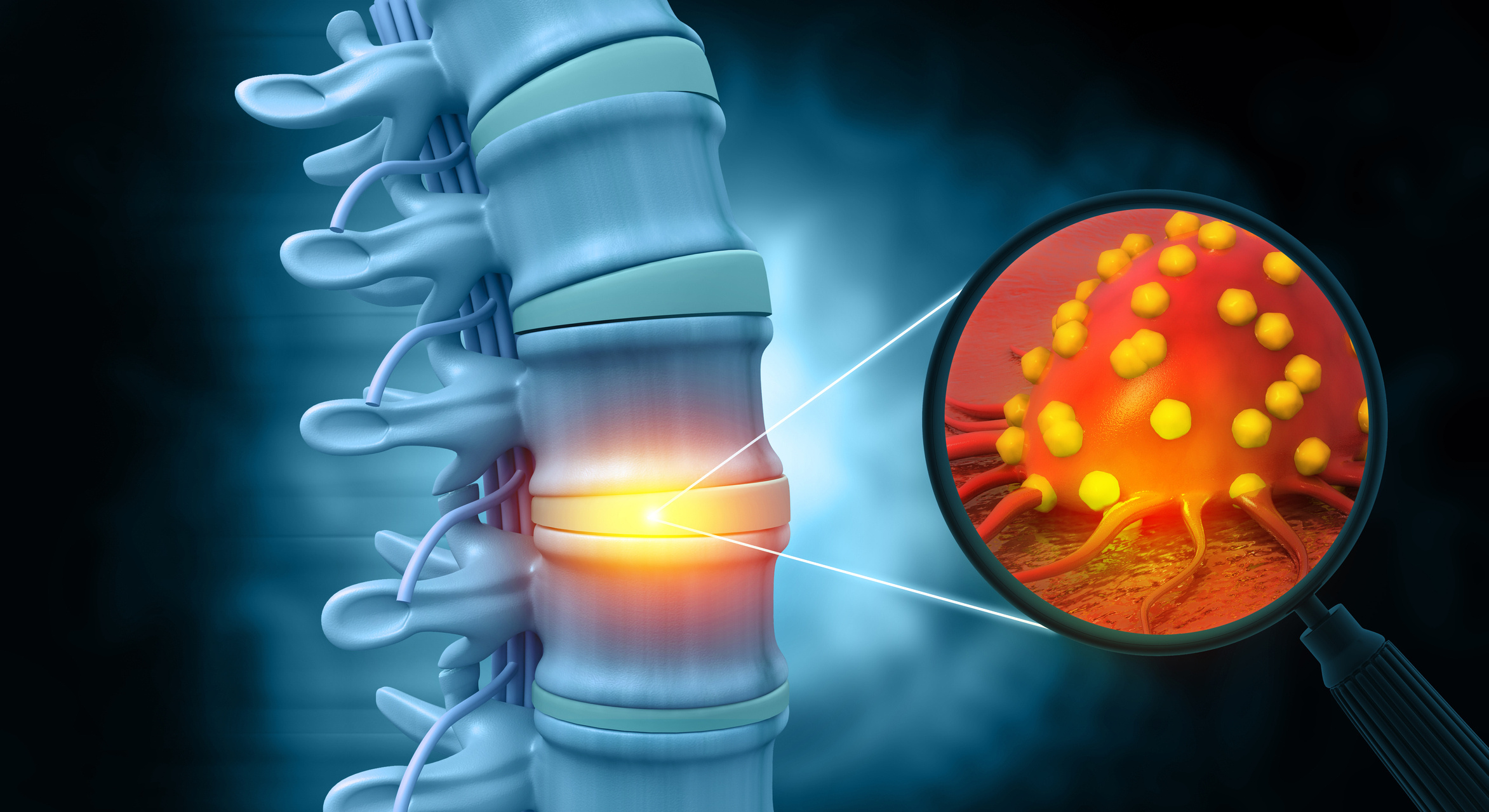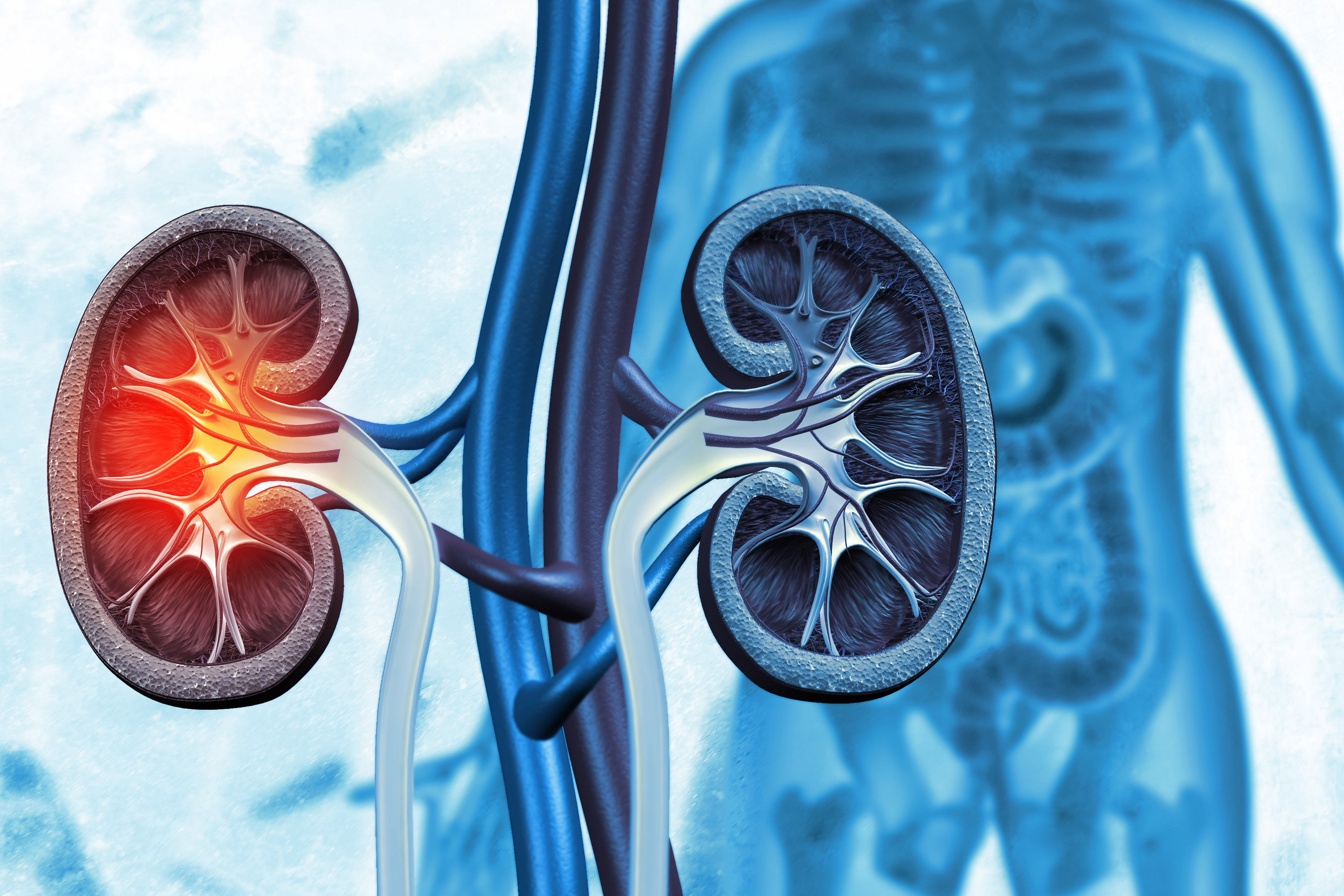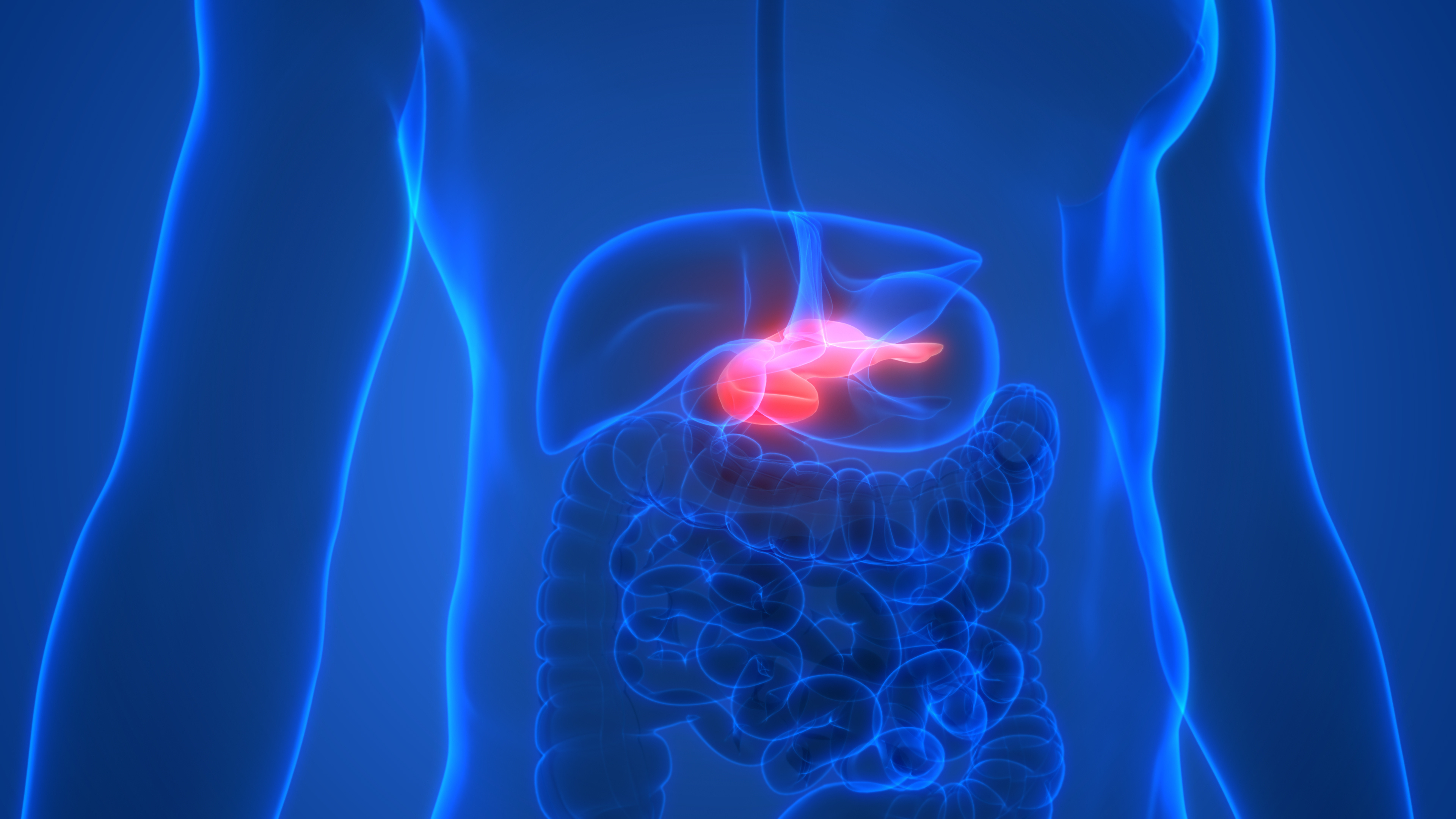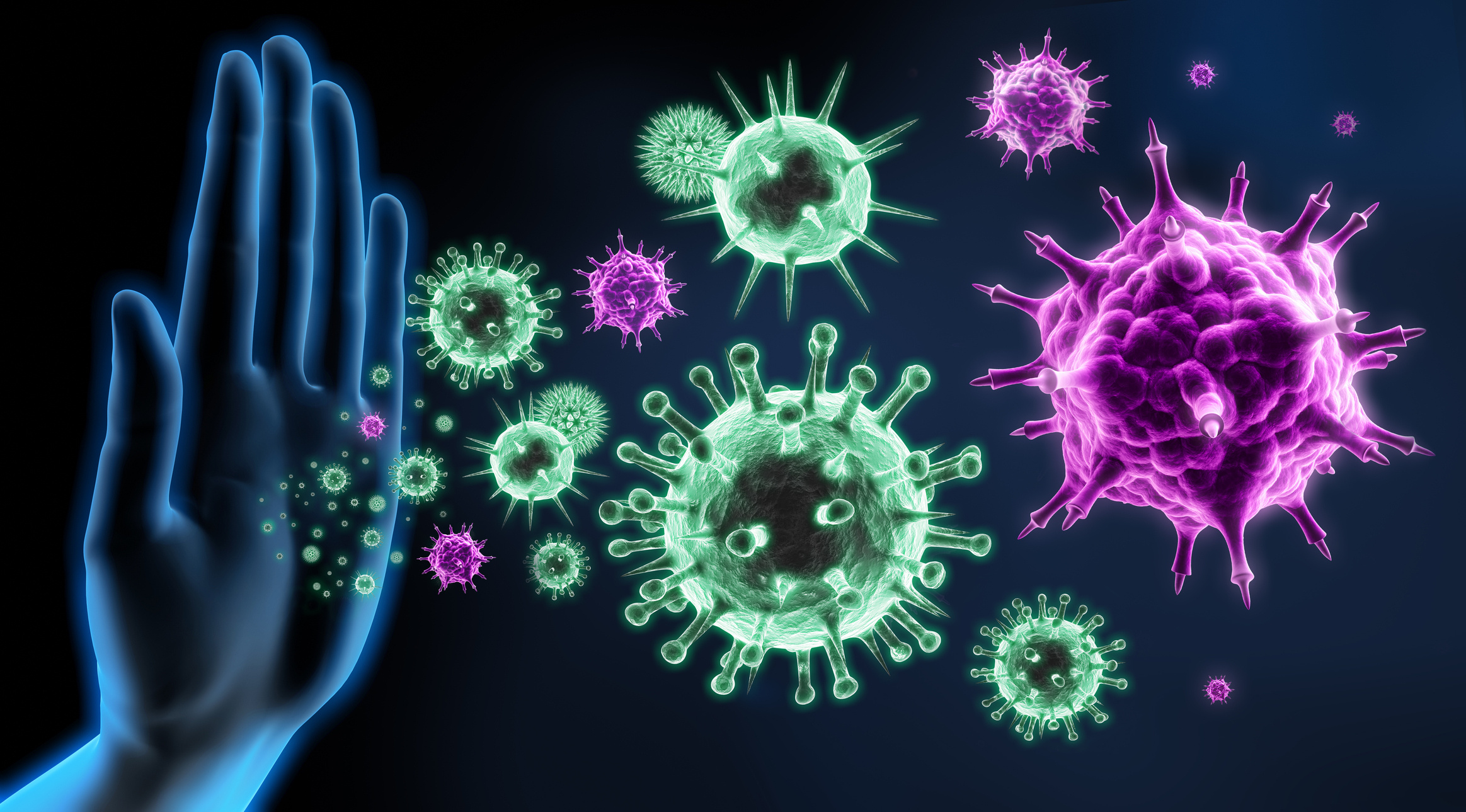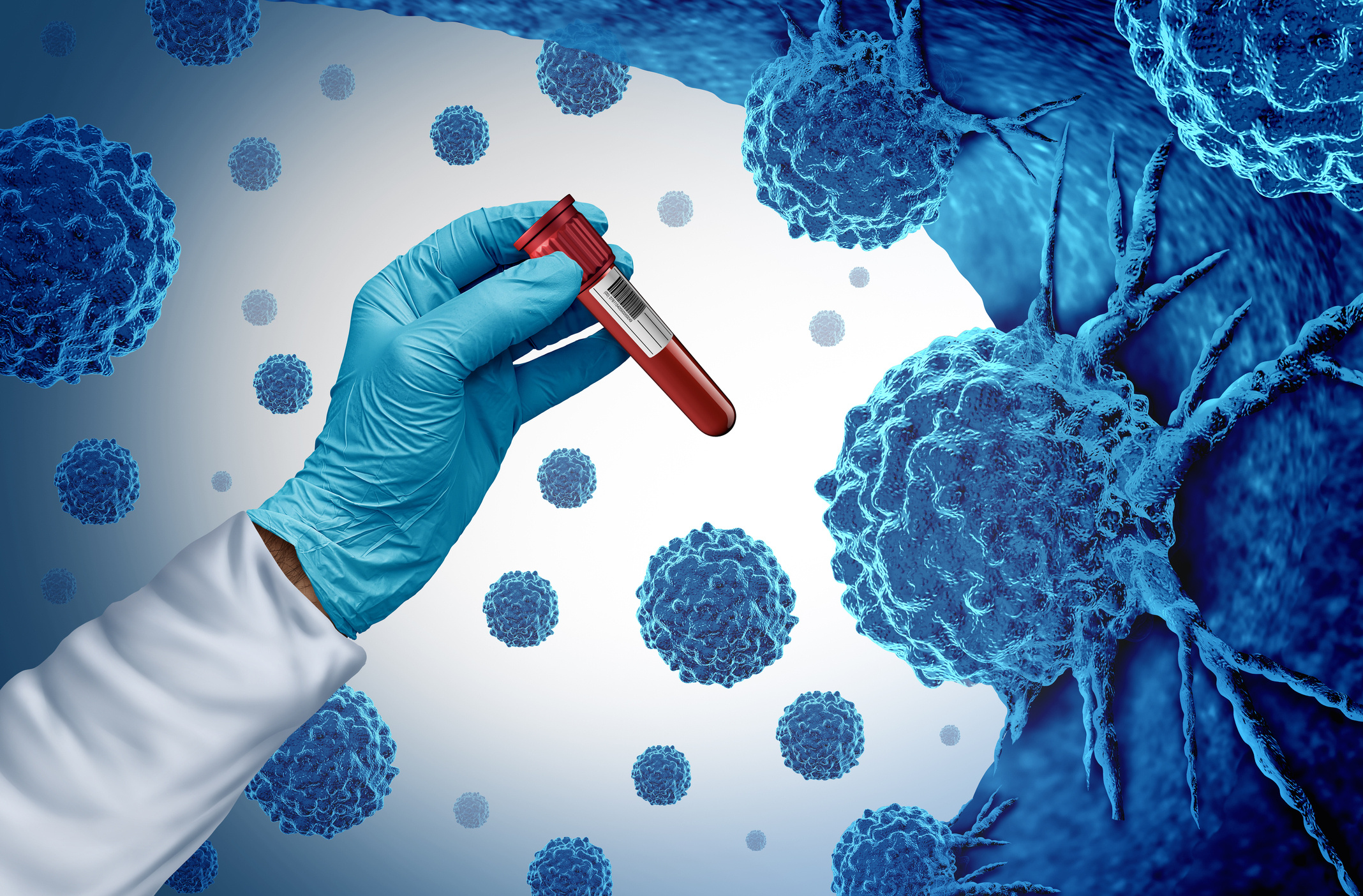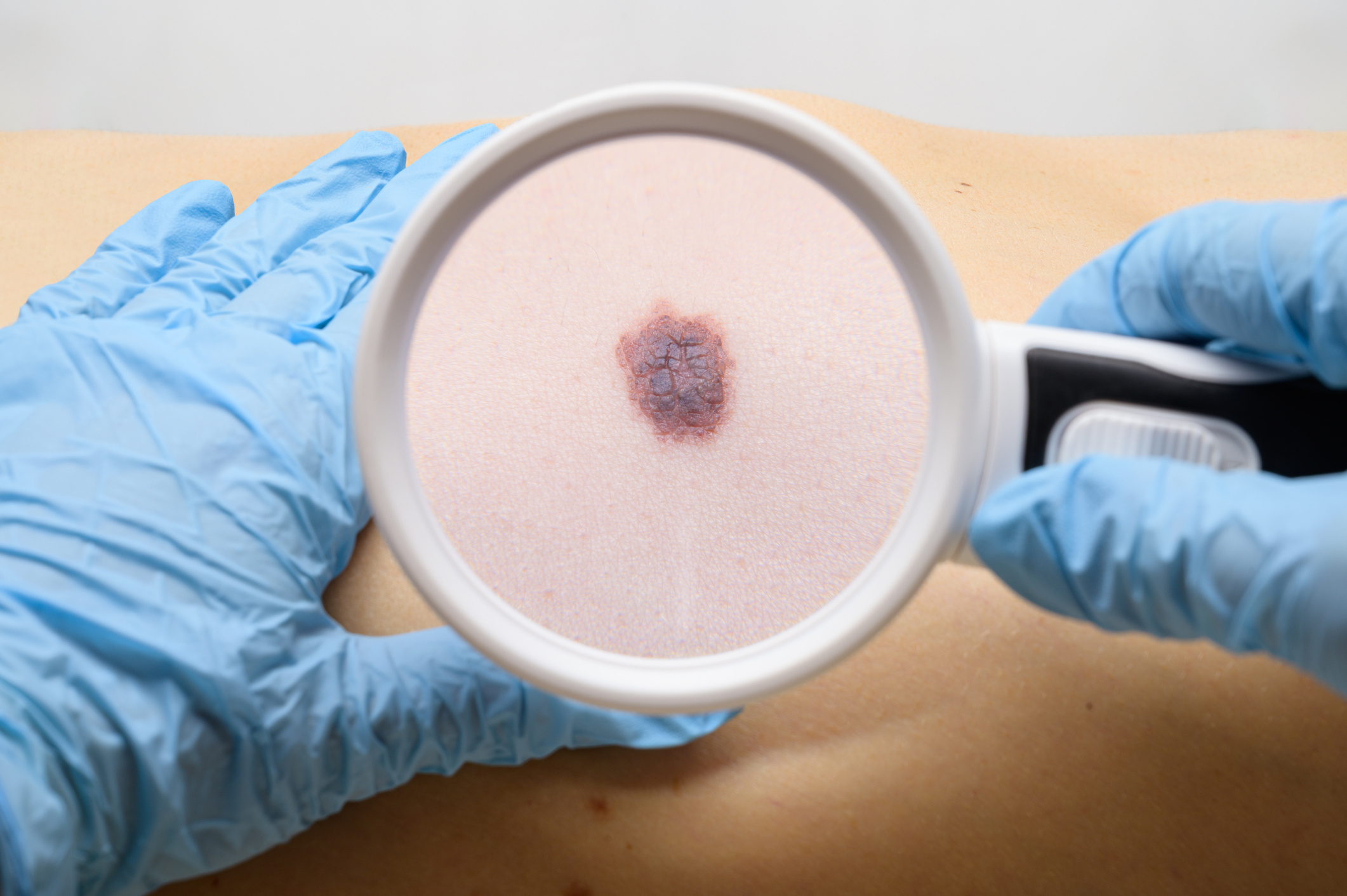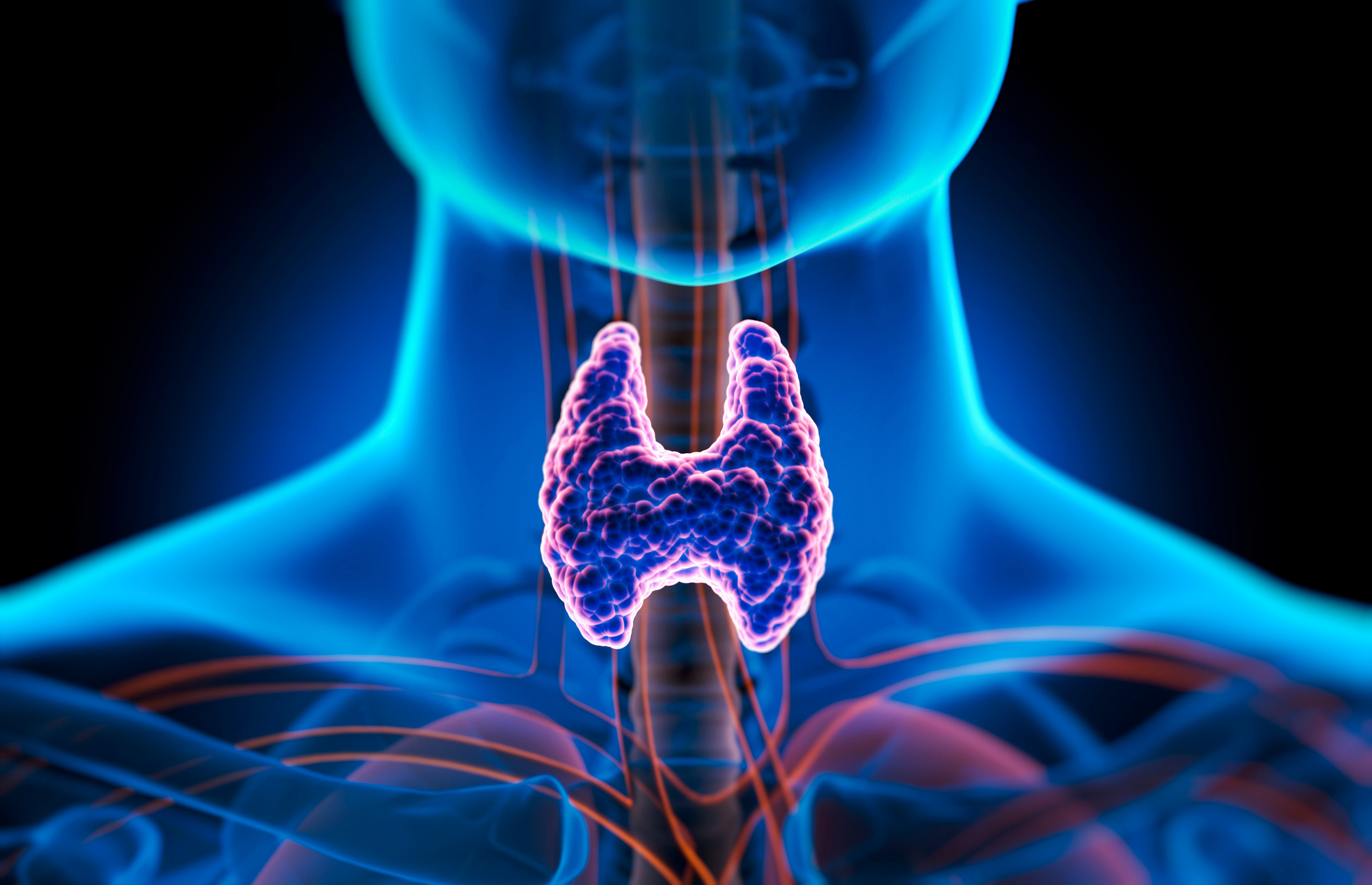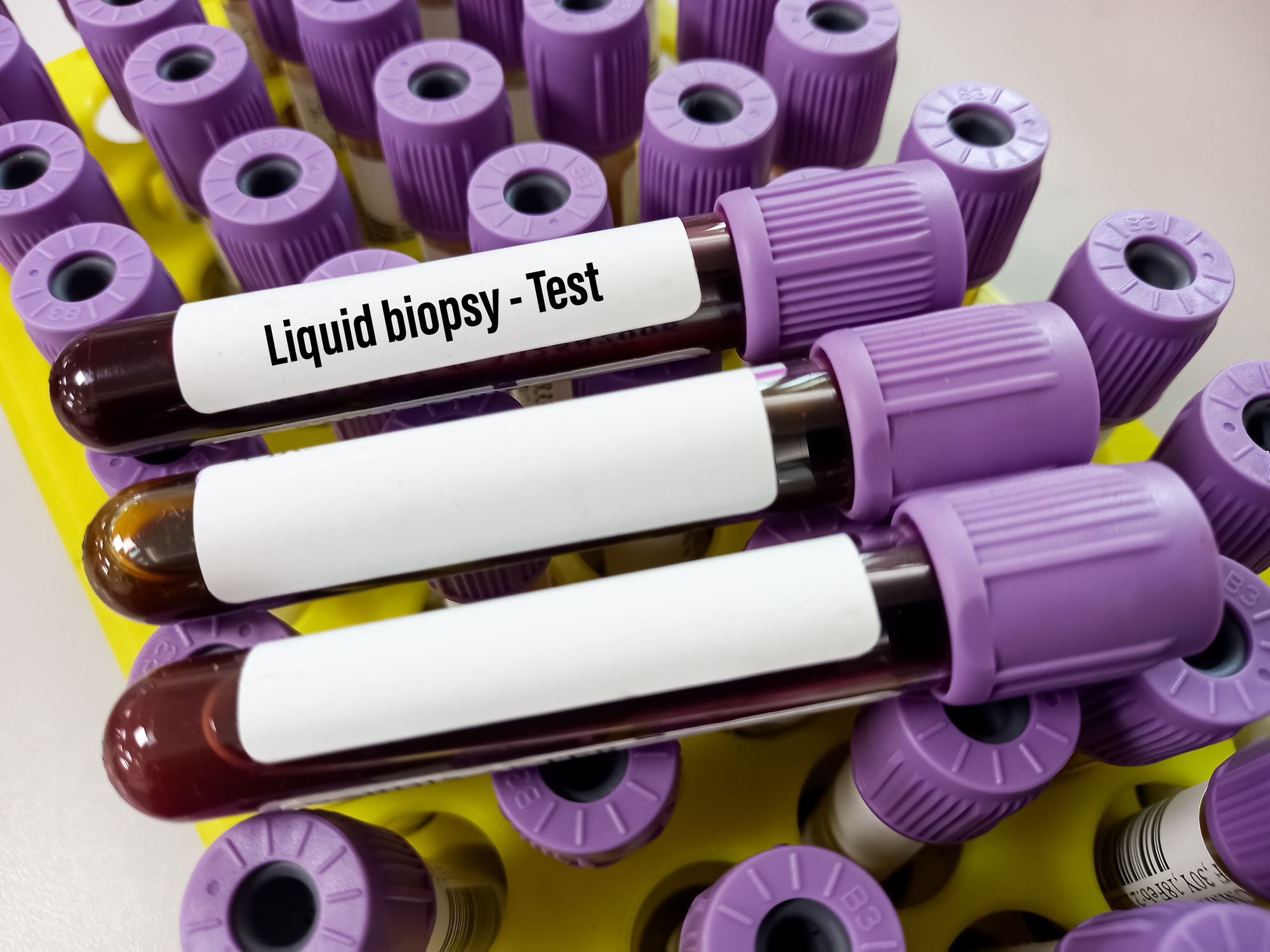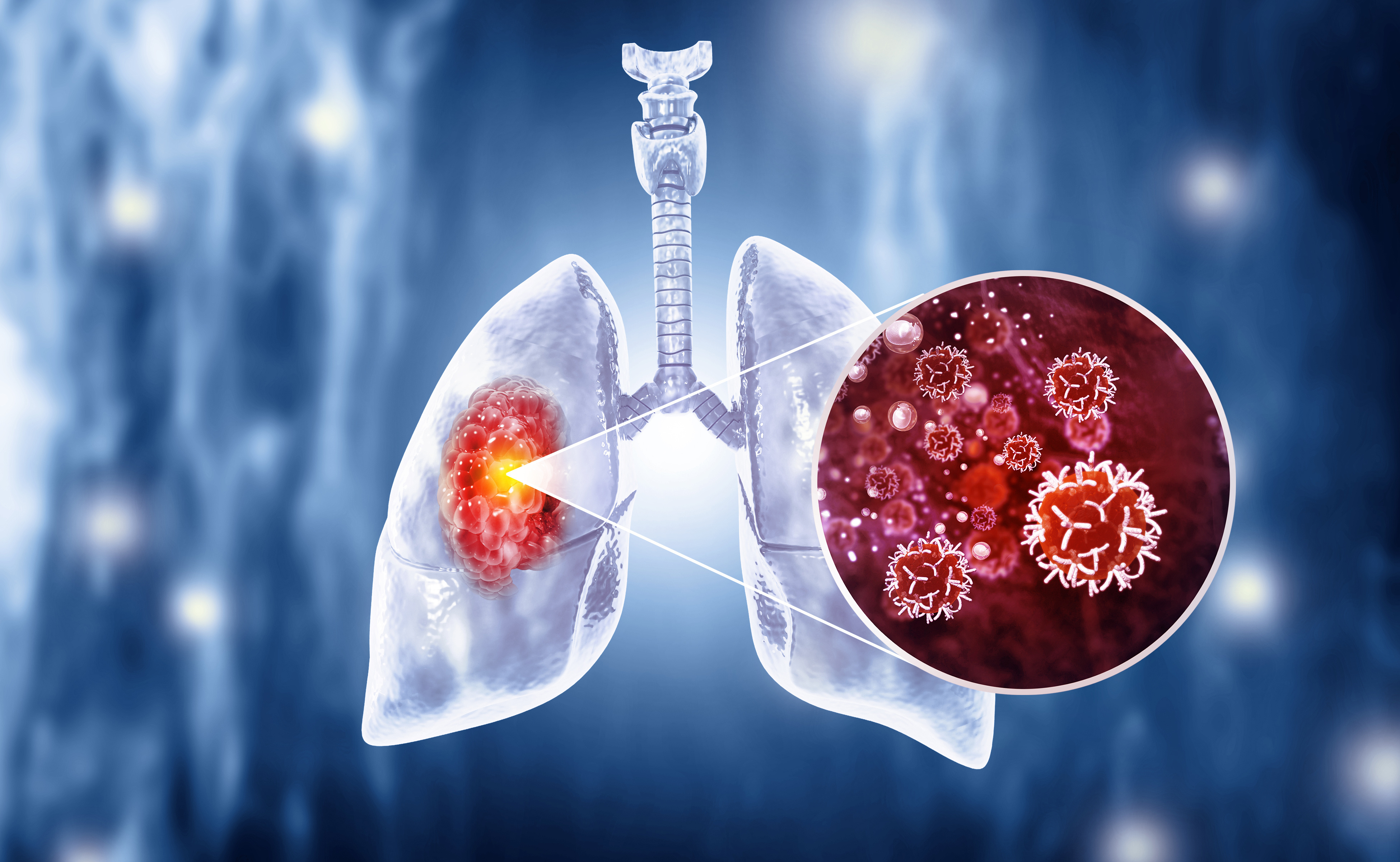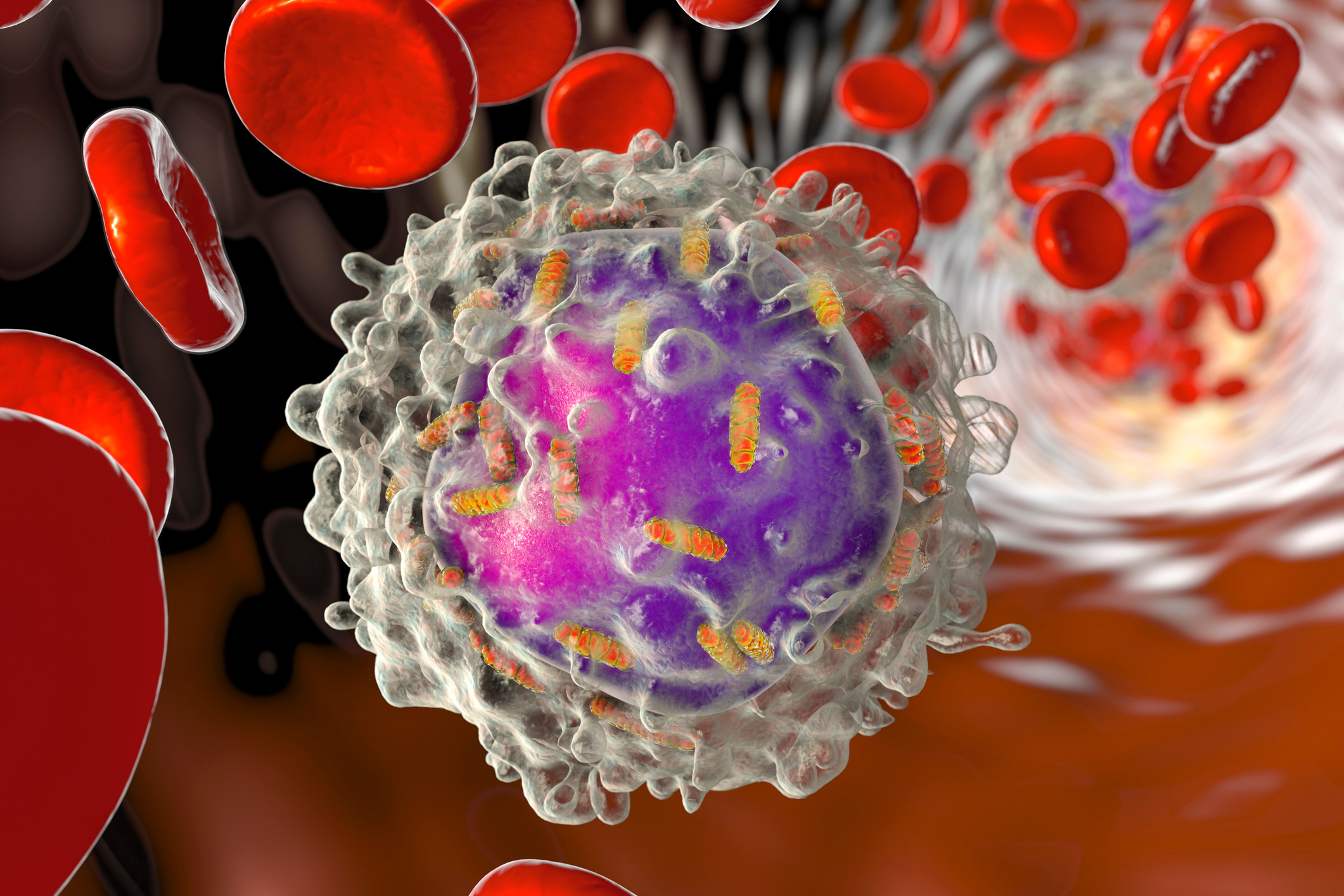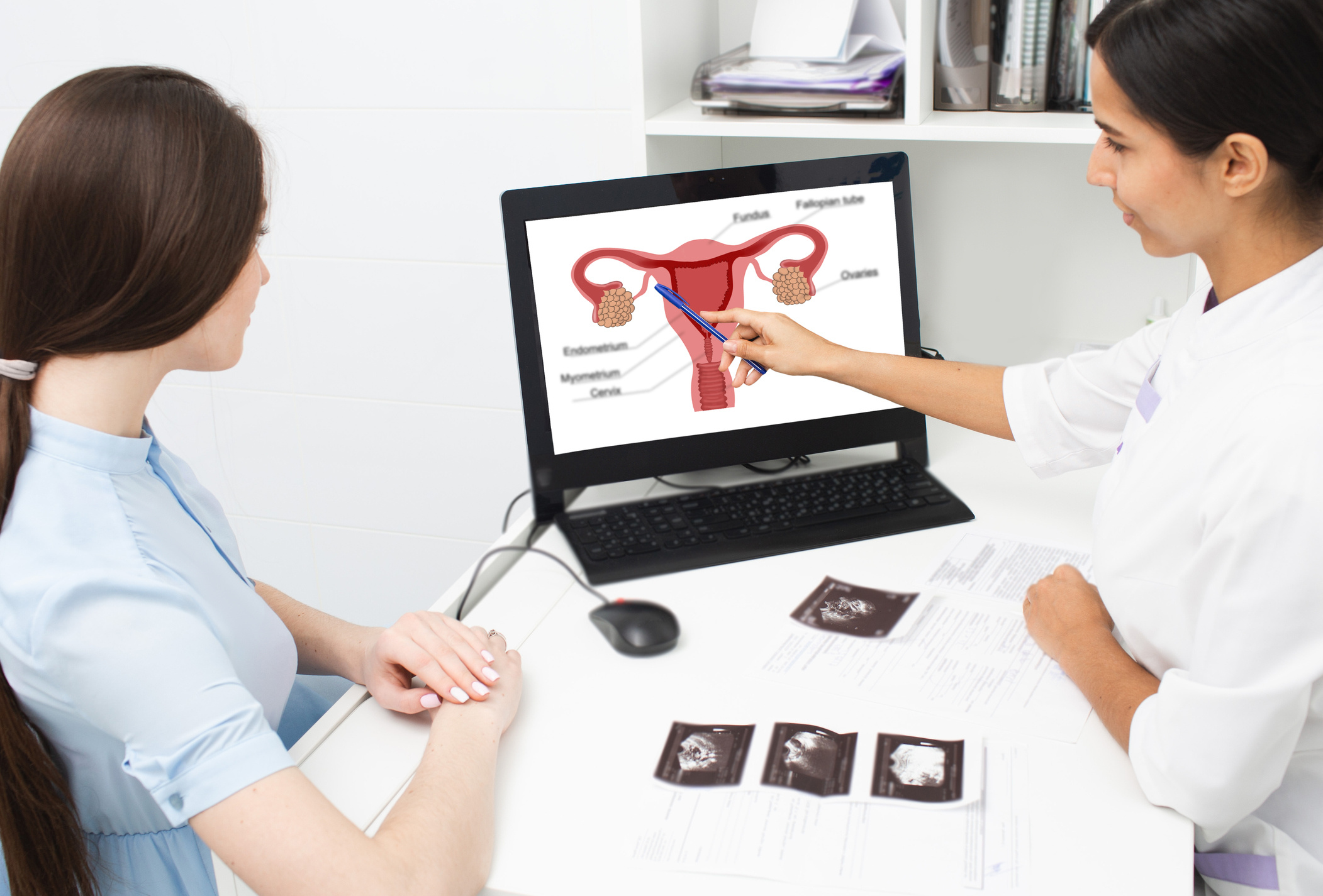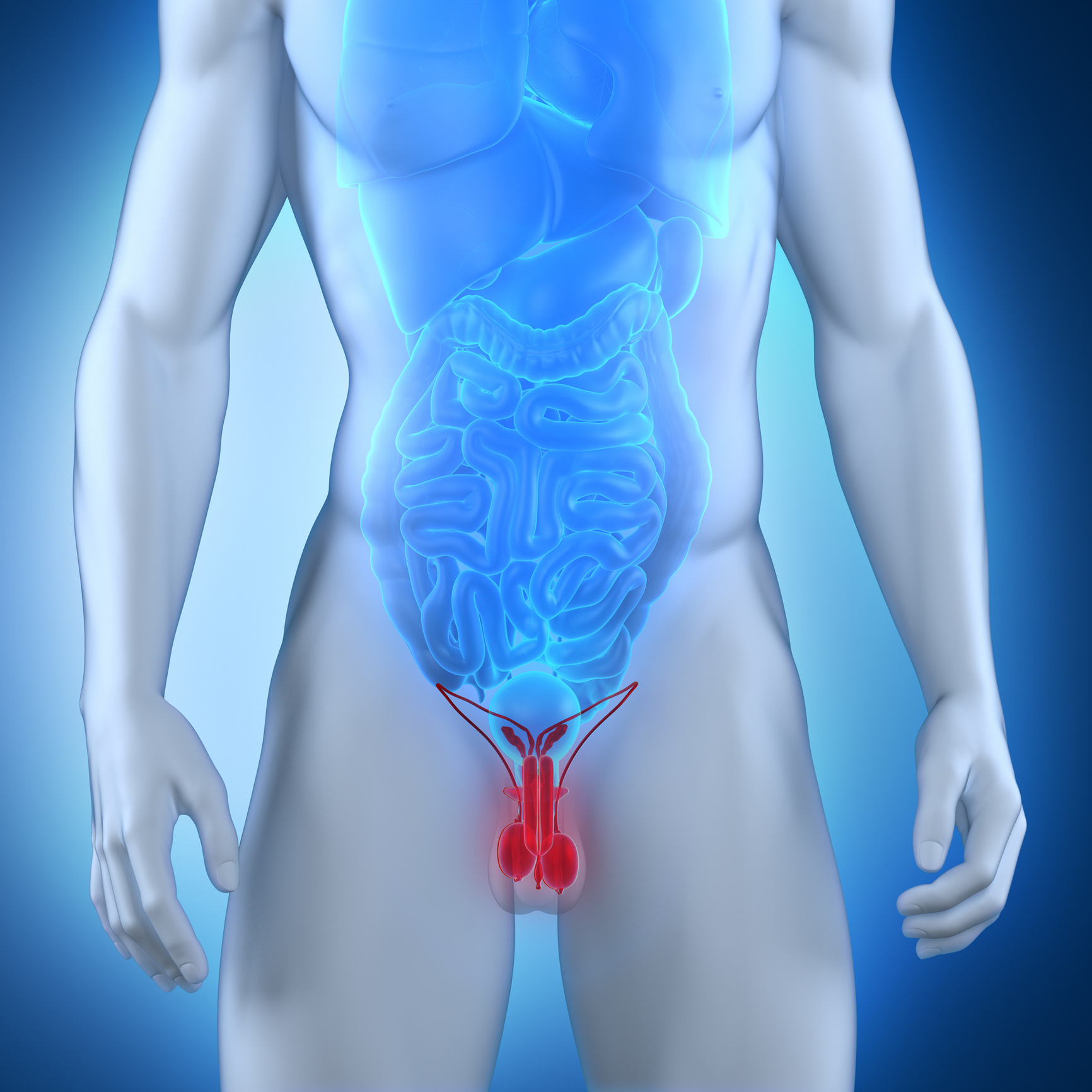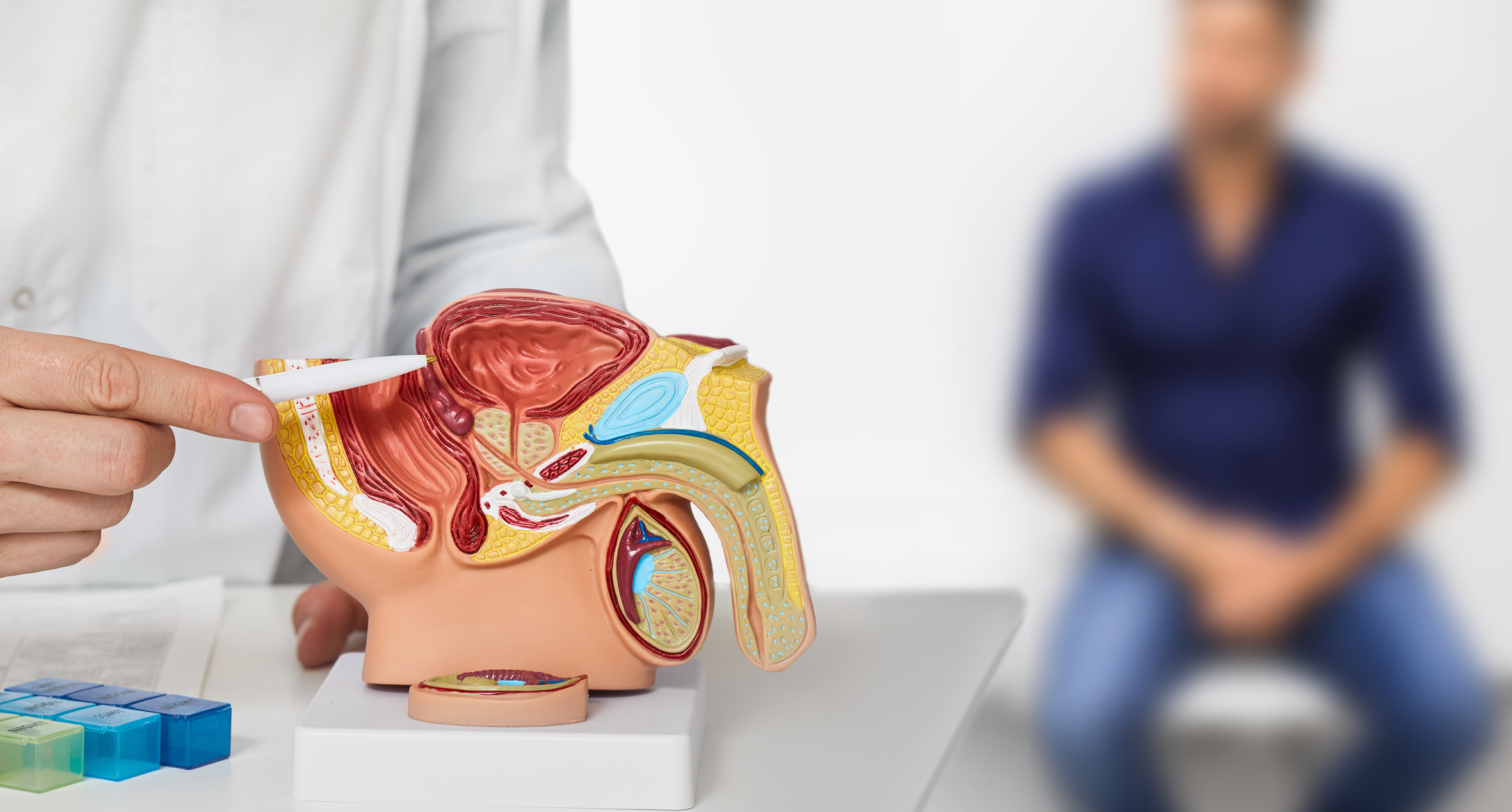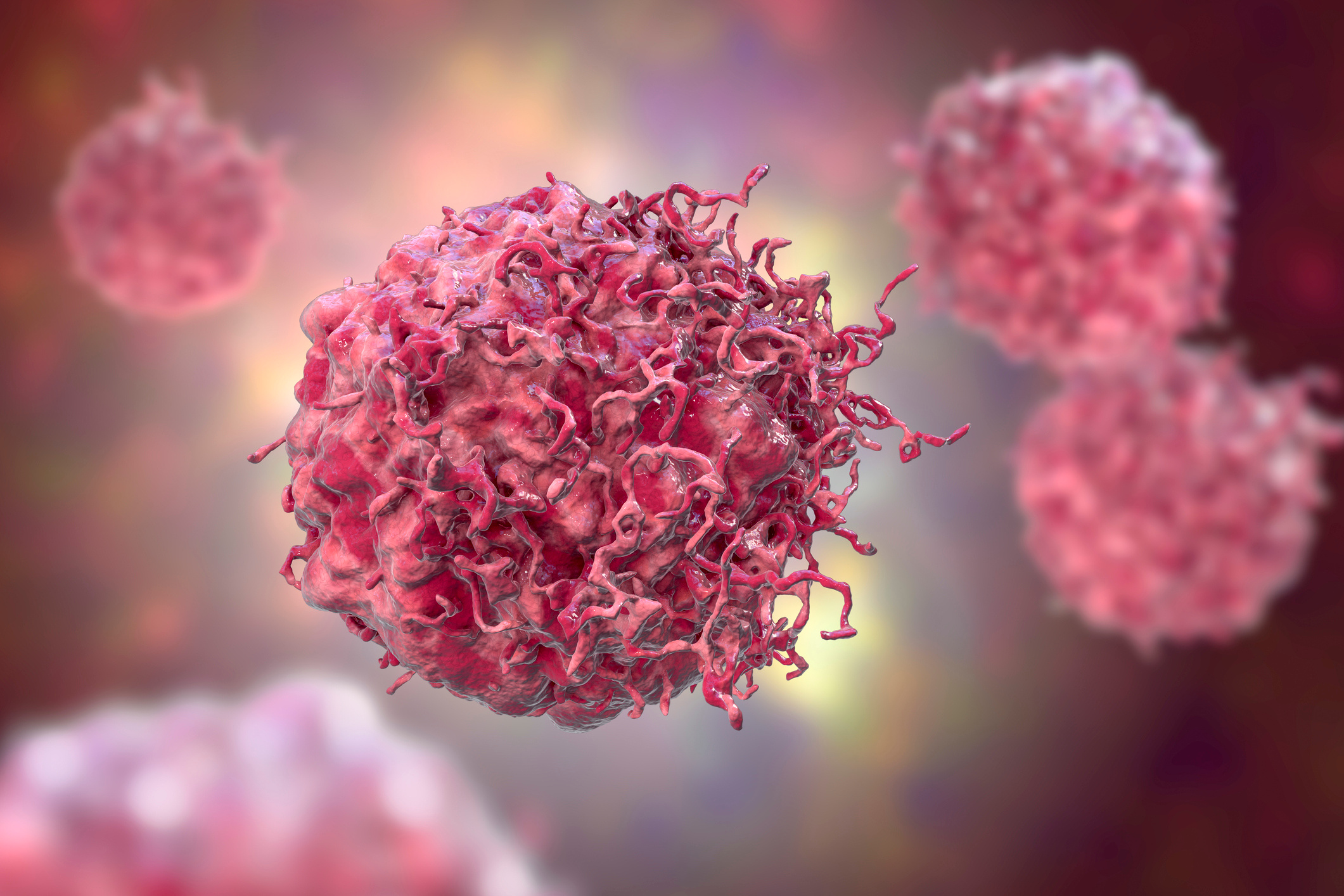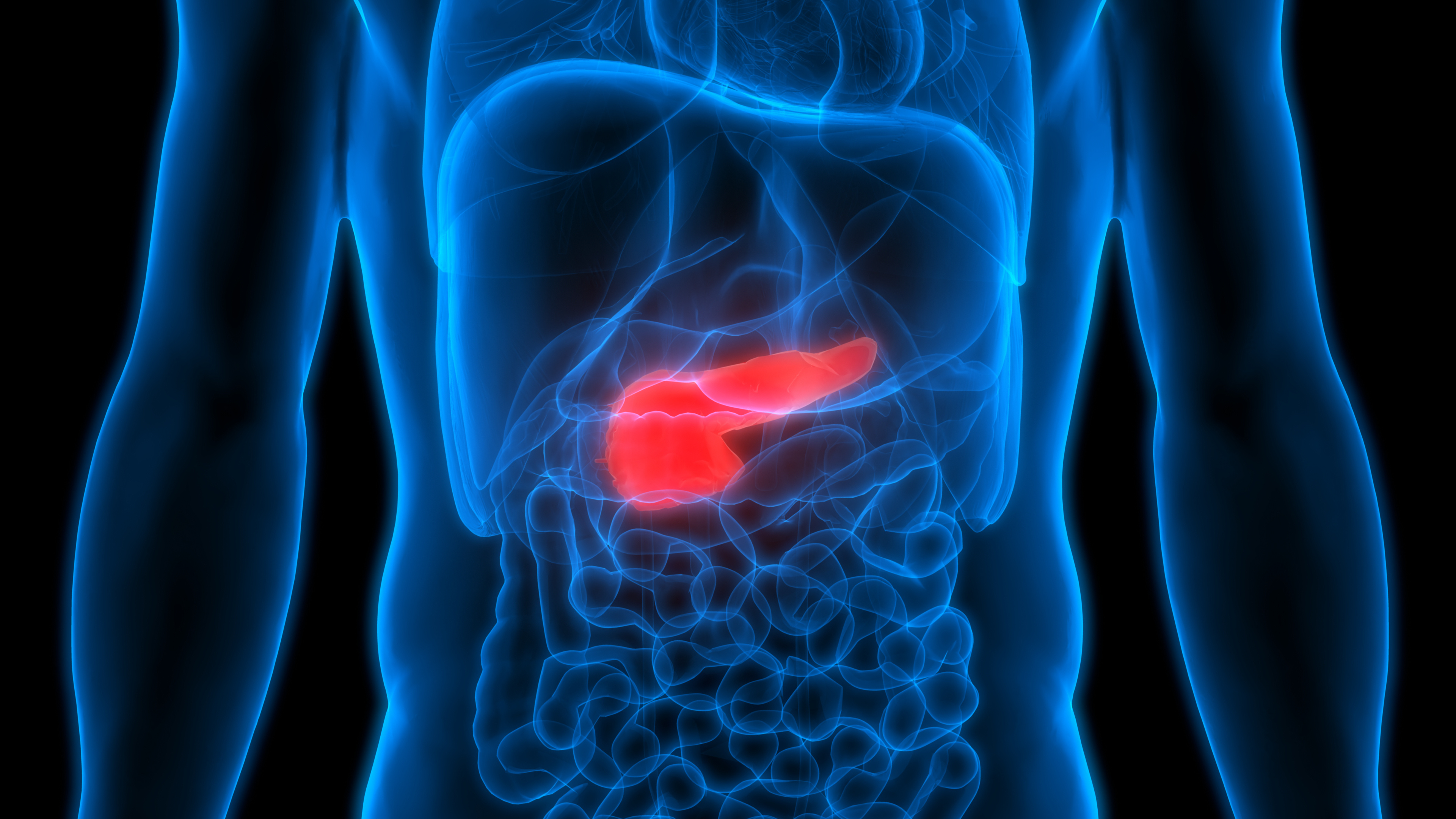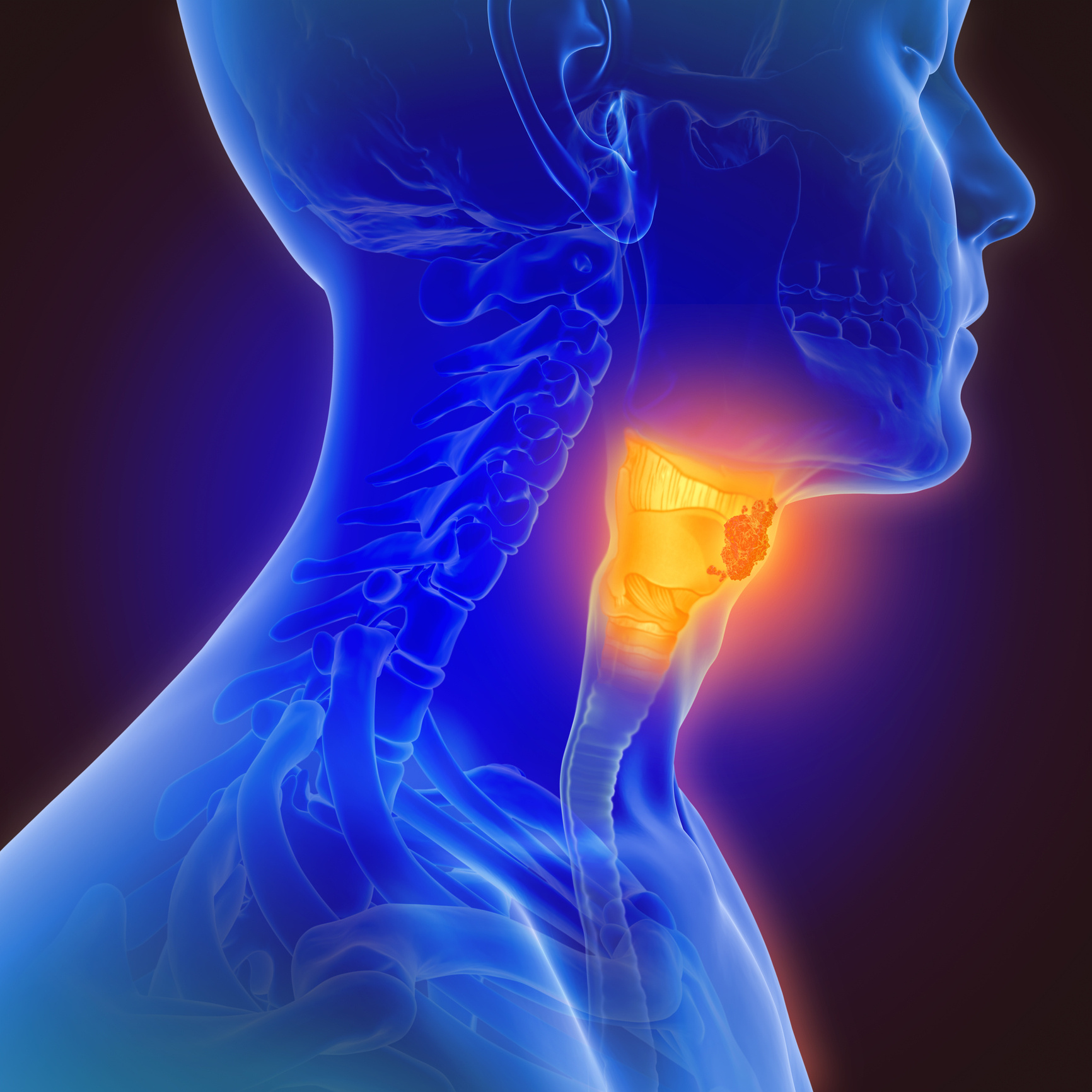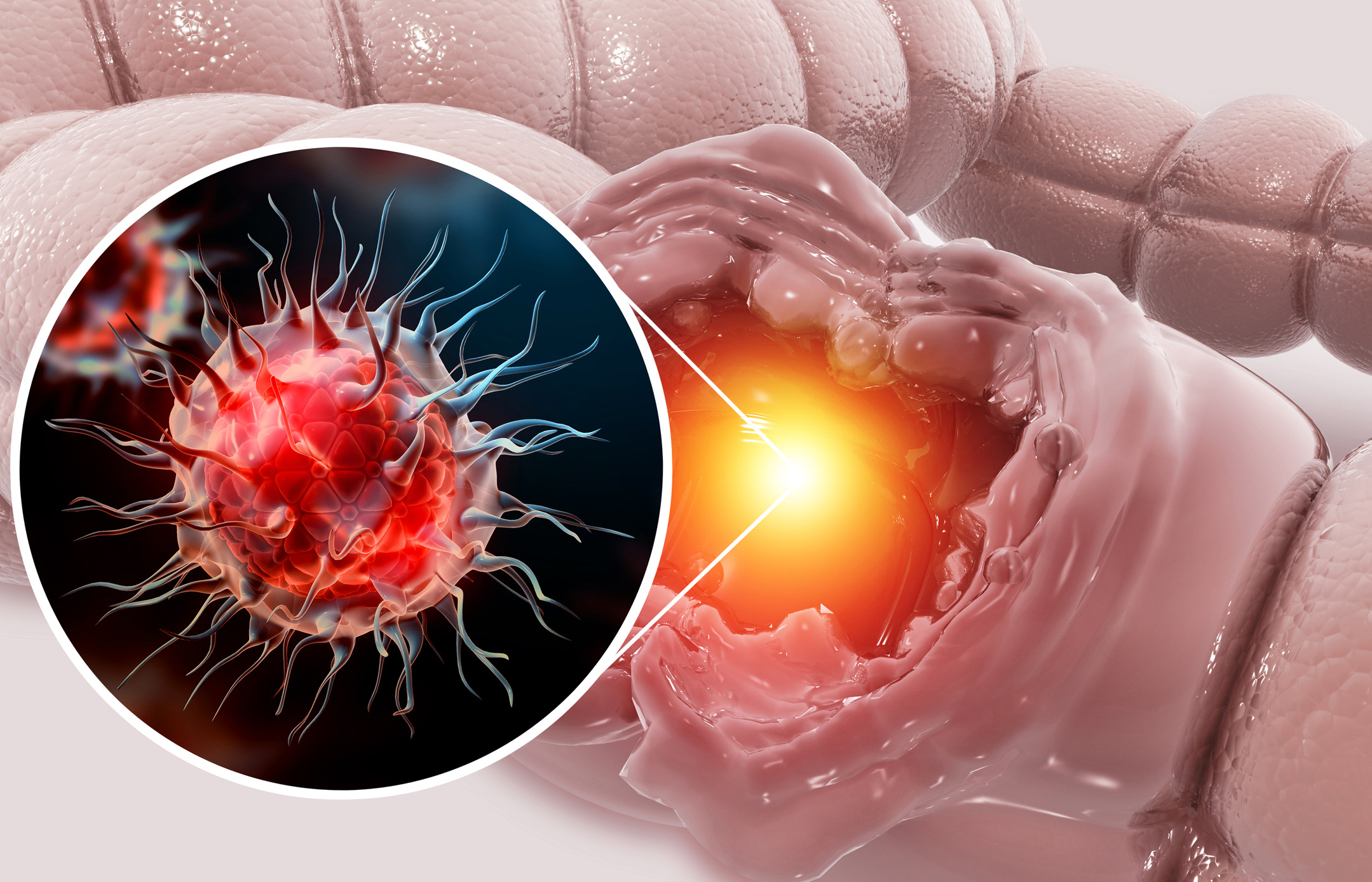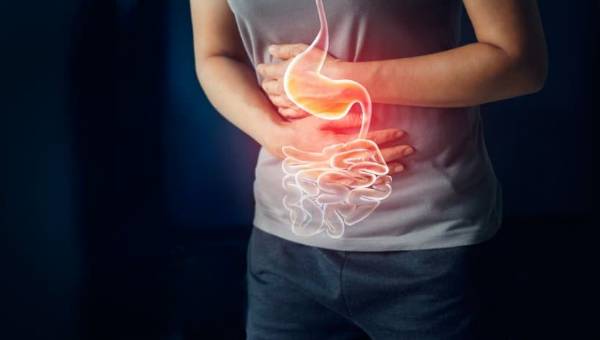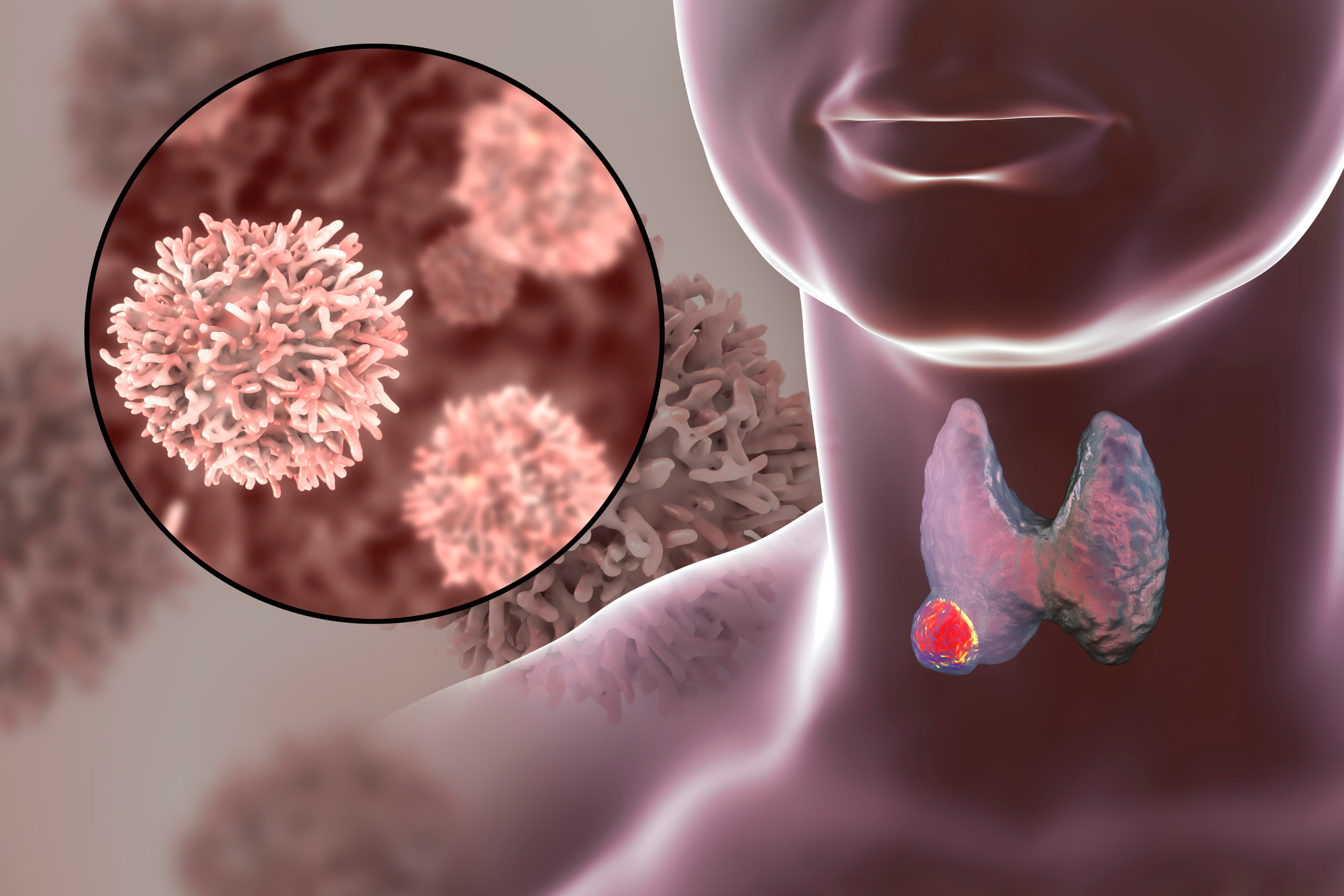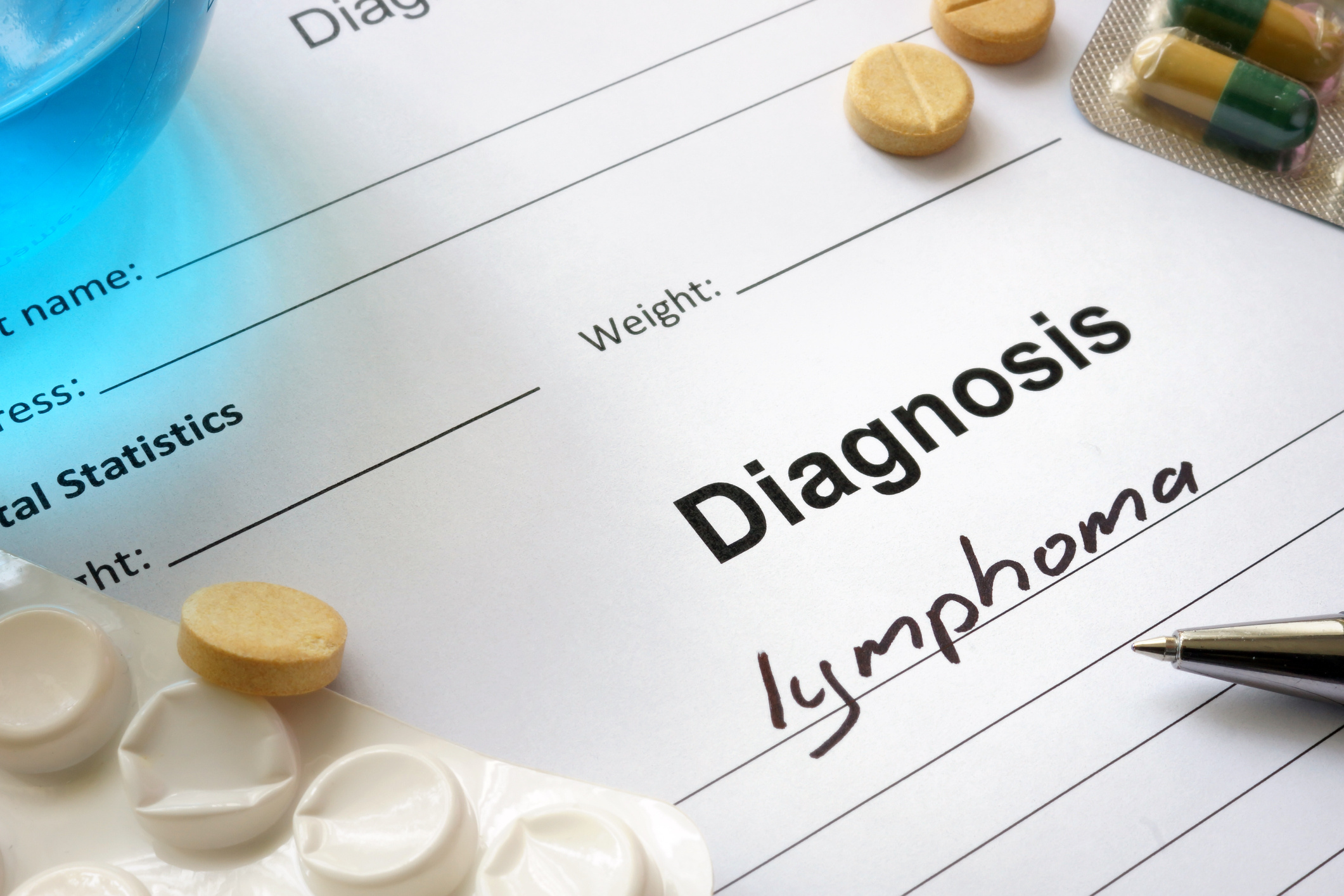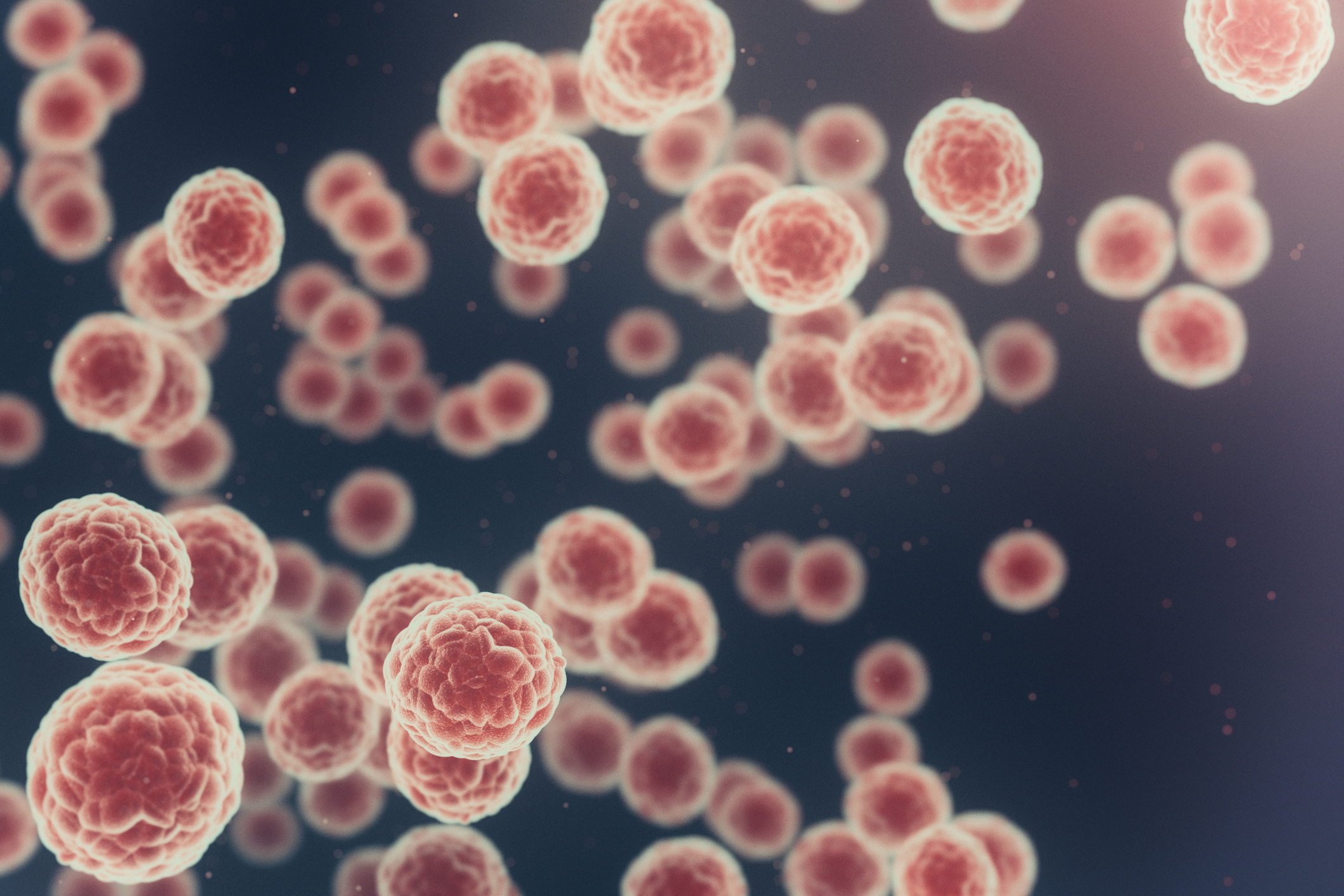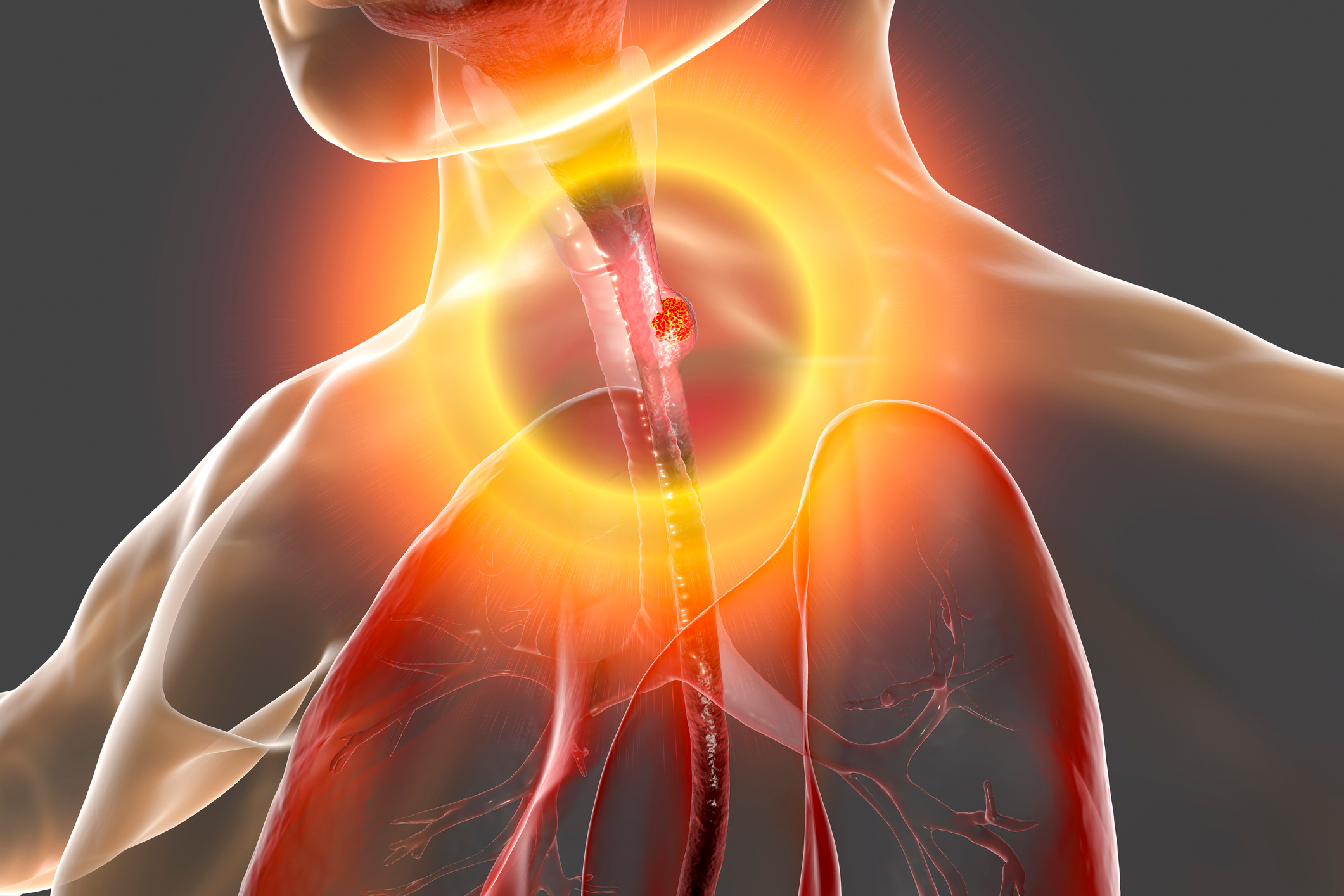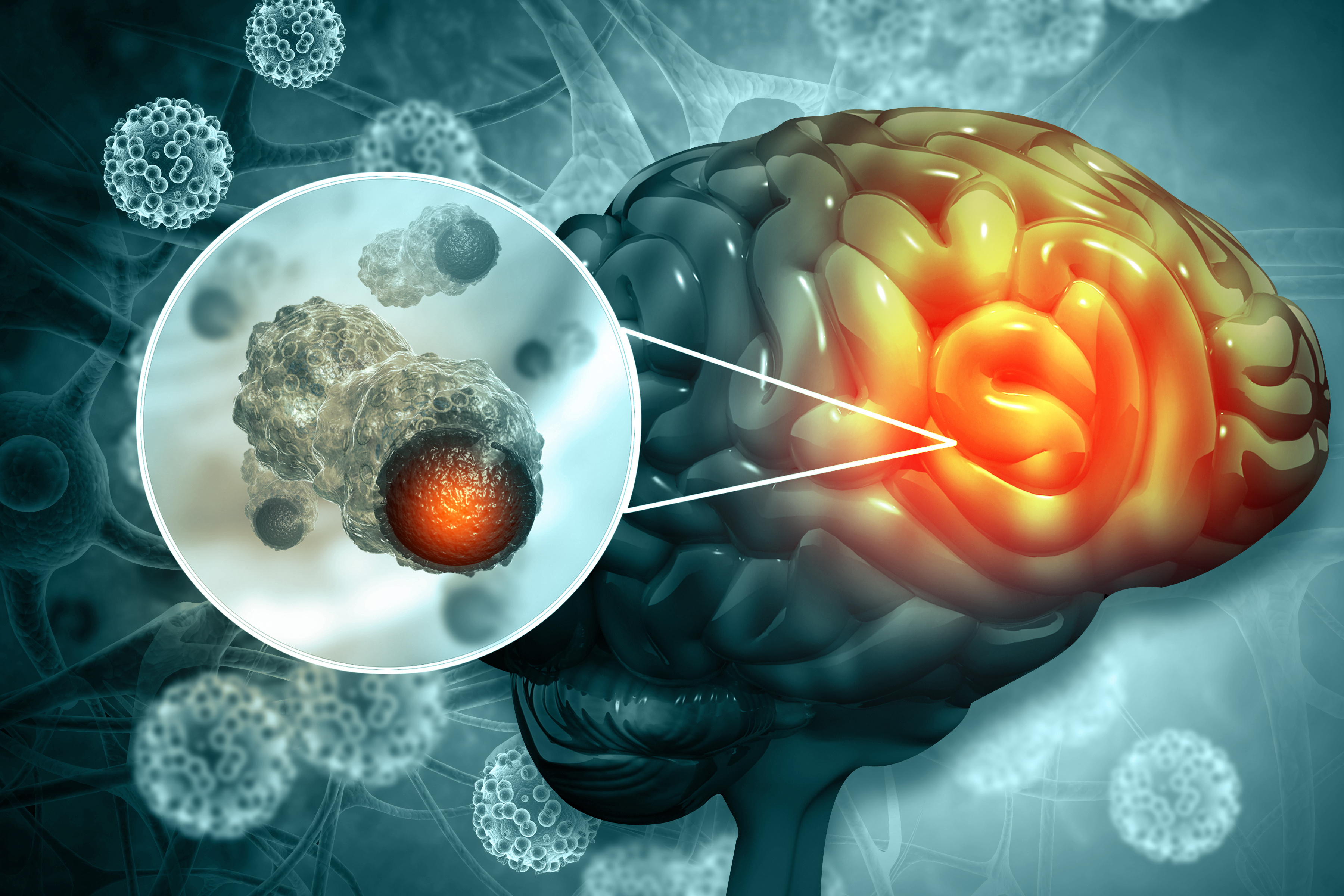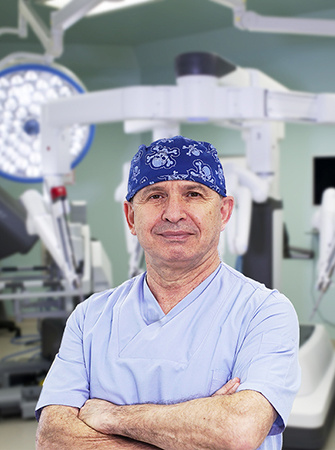
Altan Kır
He has been working as a thoracic surgeon at Anadolu Medical Center since 2007.
Speciality
- Lung cancer and surgery
- Robotic lung surgery
- Airway surgery
Education
-
University
Karadeniz University Medical School, Trabzon 1984
Specialty educationThoracic Surgery Specialty Education, Dicle University Medical Faculty, Diyarbakır 1991
London Royal Brompton Hospital, London 1996
New-York Memmorial-Sloan Kettering Cancer Center, New York, 1999
Institutions Worked At
Assoc. Prof. Altan Kır worked as a health center doctor in Adana, Ceyhan between 1984 and 1987. He then completed his thoracic surgery specialty education at Dicle University Medical School. After working as specialist, chief assistant and assistant director at S.B. Pulmonary Diseases and Thoracic Surgery Training and Research Hospital until 2011, Assoc. Prof. Kır has been serving as thoracic surgeon at Anadolu Medical Center since 2007.
-
Turkish Thoracic Surgery Society
-
European Society of Thoracic Surgeons
-
Thorax Society
Articles published in international peer-reviewed journals:
1. R. Baran, A. Kir, F. Korap, M. Kosku. Congenital isolated unilateral absence of right pulmonary artery. The Thoracic and Cardiovascular Surgeon, 41, 374-376 (1993).
2. C. Özçelik, İ. İnci, A. Kir, M. Toprak, N. Kandemir, N. Eren, G. Özgen. Traumatic popliteal and trifurcation arterial injuries: How can we predict the ultimate outcome? Vascular Surgery, 28(6), 401-406 (1994).
3. A. Kir, R. Baran. Simultaneous operation for hydatid cyst of right lung and liver. The Thoracic and Cardiovascular Surgeon, 43, 62-64 (1995).
4. R. Baran, A. Kir, M. M. Tor, K. Özvaran, A. Tunacı. Scimitar syndrome: confirmation of diagnosis by a noninvasive technique (MRI). European Radiology, 6, 92-94 (1996).
5. R. Baran, M. Tor, K. Tahaoğlu, A. Kir, Ö. Kızkın, H. Türker. Intrathoracic tuberculous lymphadenopathy: clinical and bronchoscopic features in 17 adults without parenchymal lesions. Thorax., 51, 87-89 (1996).
6. N. Saydam, A. Kir, O. Demir, E. Hazan, O. Oto, O. Saydam, G. Güner. Determination of glutathione, glutathione reductase, glutathione peroxidase, and glutathione S-transferase levels in human lung cancer tissues. Cancer Letters, 119,13-19 (1997).
7. M.Yüksel, A. Kir, S. Ercan, HF Batirel, V. Baysungur. Correlation between sizes and intracystic pressures of hydatic cysts. Eur J Cardiothorac Surg, 12, 903-906 (1997).
8. A. Kir, K.. Tahaoğlu, E. Okur, T. Hatipoğlu. Role of surgery in multi-drug-resistant tuberculosis: results of 27 cases. Eur J Cardiothorac Surg, 12, 531-534 (1997).
9. M. Tor, A. Atasalihi, N. Altuntas, E. Sulu, T. Senol, A. Kir, R. Baran. Review of cases with cystic hydatid lung disease in a tertiary referral hospital located in an endemic region: A 10 years experience. Respiration, 67, 539-542 (2000).
10. M.Celik, M. Kiyik, A. Gurses, A. Kir, Z. Kiliçaslan, B. Arman, S. Cikrikcioglu, A. Ekmekcioglu. The role of routine invasive staging for non-small cell lung cancer: A multicenter prospective study 1. Journal of Lung Cancer , vol. 29, no. 1, pp. 263-263 (2000).
11. E. Okur, A. Kir, S. Halezeroglu, A.L. Alpay, A. Atasalihi. Pleural tenting following upper lobectomies of the lung to prevent residual air space and prolonged air leak. Eur J Cardiothorac Surg,20, 1012-1015(2001).
12. K. Tahaoglu, T. Törün, T. Sevim, G. Ataç, A. Kir, L. Karasulu, İ. Özmen, N. Kapaklı. The treatment of multidrug-resistant tuberculosis in Turkey. N Eng J Med 345,170-4(2001).
13. Gungor S, Damadoglu E, Aybatli A, Yilmaz A, Kir A, Akkaya E. Typical pulmonary carcinoid tumors: presentation and outcome of 24 cases.Med Sci Monit. Jul;12(7):CR315-8. (2006).
14. Kir A, Inci I, Torun T, Atasalihi A, Tahaoglu K. Adjuvant resectional surgery improves cure rates in multidrug-resistant tuberculosis. J Thorac Cardiovasc Surg. Mar;131(3):693-6 (2006).
15. Törün T, Tahaoğlu K, Ozmen I, Sevim T, Ataç G, Kir A, Güngör G, Bölükbaşi Y, Maden E. The role of surgery and fluoroquinolones in the treatment of multidrug-resistant tuberculosis. Int J Tuberc Lung Dis. Sep;11(9):979-85(2007).
16. I. Iskender, S.Z. Kadioğlu, A. Koşar, A. Atasalihi, A. Kir. Is there any maximum standardized uptake value variation among positron emission tomography scanners for mediastinal staging in non-small cell lung cancer? Interactive Cardiovascular and Thoracic Surgery, 12,965-969(2011).
17. I. Iskender, S.Z. Kadioğlu, T. Cosgun, H. O. Kapicibasi, G. Sagiroglu, A. Kosar and A. Kir. False-positivity of mediastinal lymph nodes has negative effect on survival in potentially resectable non-small cell lung cancer. Eur J Cardiothorac Surg, 41, 874-879(2012).
18. I. Iskender, H. O. Kapicibasi, S.Z. Kadioğlu, G. Sevilgen ,C. Tezel, A. Kosar, A.Atasalihi, A. Kir. Comparison of integrated positron emission tomograph/computed tomograpy and mediastinoscopy in mediastinal staging of non-small cell lung cancer: Analysis of 212 patients. Acta Chir Belg, 112,219-225(2012)
Papers presented at international scientific meetings and published in the book of proceedings:
1. A. Kir, H. F. Batırel, S. Ercan, M. Yüksel, F. Aksoy, C. Tahaoğlu, T. B. Alpdoğan. Early histopathologic features of tracheal allotransplants using high dose irradiation and cyclosporin-A: A comparative study. European Respiratory Society Annual Congress, The European Respiratory Journal, Abstracts p:368s, Stockholm,1996.
2. 2.M. Yüksel, A. Kir, S. Ercan, H. F. Batırel, V. Baysungur. Correlation between sizes and intracystic pressures of hydatid cysts. European Respiratory Society Annual Congress, The European Respiratory Journal, Abstracts p:384s, Stockholm,1996.
3. 3.M. Celik, M. Kiyik, A. Gurses, A. Kir, Z. Kilicaslan, B. Arman, S. Cikrikcioglu, A. Ekmekcioglu. The role of routine invasive staging for non-small cell lung cancer: A multicenter prospective study. 9th World Conference On Lung Cancer, Abstracts p:263, Tokyo 2000.
4. 4.E. Okur, A. Kir, S. Halezeroğlu, L. Alpay, A. Atasalihi. Pleural tenting following upper lobectomies of the lung to prevent residual air space and prolonged air leak. The 8th European Conference on General Thoracic Surgery, Abstracts p:112, London, 2000.
5. A. Kir, I. İskender, A.K Mısırlıoğlu, H Sönmez, H.O. Kapıcıbaşı, S.Z. Kadıoğlu, A. Koşar, T. Sevim, A.Atasalihi. The requirement of Mediastinoscopy on staging of NSCLC patients with negative mediastinal lymph node uptake on PET-CT imaging. The 17th European Conference on General Thoracic Surgery Krakow, 2009.
6. 6.I.Iskender, S.Z. Kadioğlu, A. Koşar, A. Atasalihi, A. Kir Is there any maximum standardized uptake value variation among positron emission tomography scanners for mediastinal staging in non-small cell lung cancer?.18th European Conference on General Thoracic Surgery, European Society of Thoracic Surgeons,Valladolid,2010.
7. T.Cosgun,G.Olgac,A.Kir,C.A. Kutlu. Sleeve lobectomy provides better survival rates than pneumonectomy in patients with NSCLC.18th European Conference on General Thoracic Surgery, Valladolid, 2010.
8. I. Iskender,T. Cosgun, S.Z. Kadıoglu, H.O. Kapıcıbası,G.Sagıroglu,A.Kosar,A.Kir. False positivity of mediastinal lymph nodes has negative effect on survival in surgically staged or resected non-small cell lung cancer.19th European Conference on General Thoracic Surgery, Marsilya, 2011.
9. A.Kir,T.Cosgun, O.Falay,G.Olgac,C.A. Kutlu.The impact of extended mediastinoscopy in left sided NSCLC patients presenting with suspected N2 disease in ≠5 and/or ≠6 stations. 19th European Conference on General Thoracic Surgery, Marsilya, 2011.
Book sections:
1. THORACIC SURGERY, Editors: Prof. Dr. Göksel KALAYCI, Prof. Dr. Mustafa YÜKSEL, Tuberculosis Surgery, 2001, BİLMEDYA GRUP, İSTANBUL
2. THORACIC SURGERY, Editors: Prof. Dr. İlker ÖKTEN, Prof. Dr. Adem GÜNGÖR, : Tuberculosis Surgery, 2003, Sim Matbaacılık Ltd. Şti, ANKARA
Articles published in national peer-reviewed journals:
1. 1.T. Yaşar, K. Furtun, B. Ener, A. Kır, G. Özgen. Bochdalek Hernias. Dicle University Medical School Journal 17(2), 67-73 (1990).
2. 2.N. Eren, G. Özgen, A. Kır, C. Özçelik. Role of decortication in the treatment of childhood empyemas. GATA Buletin, 32, 367-371 (1990).
3. 3.T. Yaşar, G. Özgen, N. Eren, İ. İnci, A. Kır, K. Furtun. Diagnosis and treatment of peripheral vascular injuries. Dicle Medical Bulletin 18; 113-118 (1991).
4. 4.A. Kır, R. Baran, F. Korap, M. Kosku. Bronchogenic cysts. Marmara Medical Journal, 6(3), 95-101 (1993).
5. 5.A. Kır, R. Baran, K. Şahin. Congenital Pulmonary Arterioveneous Fistula Tuberculosis and Thorax 41(3), 202-207 (1993).
6. 6.Ö. Kızkın, K. Tahaoğlu, T. Karagöz, A. Kır. Pneumothoraces and Therapeutic Approach. Tuberculosis and Pulmonary Diseases, XLI(1-4), 62-71 (1993).
7. 7.C. Özçelik, İ. İnci, A. Kır, N. Eren, G. Özgen. A single-session operation with bilateral thoracotomy in bullous emphysema. Due to a case. Dicle Medical Bulletin, 20(4), 129-134 (1993).
8. 8.R. Baran, M. Baysal, A. Kır, E. Ege, C. Güney. Diagnostic value of Specific IgG-ELISA Method in Hydatid Cyst of the Lung. Respiratory Diseases, 5(2), 197-202 (1994).
9. 9.A. Kır, R. Baran, S. V. Baysungur, A. Yıldırım, H. Yılmaz, N. Atılgan, A. Atasalihi. Sleeve Lobectomy. Journal of Thoracic and Cardiovascular Surgery, 2, 367-370 (1994).
10. 10.A. Kır, S. V. Baysungur, R. Baran, F. Aksoy, İ. Pandül, A. Atasalihi. Diagnostic Mediastinoscopy. Journal of Thoracic and Cardiovascular Surgery, 3, 347-349 (1994).
11. 11.F. Aksoy, R. Baran, K. Tahaoğlu, A. Kır. Endobronchial Harmatomas. Heybeliada Medical Bulletin, 1(2), 57-58 (1995).
12. 12.A. Kır, R. Baran, F. Aksoy, K. Tahaoğlu, V. Baysungur. Dysphagia due to a mediastinal carinal cyst. Respiratory Diseases, 7(1), 101-105 (1996).
13. 13.C. Özçelik, İ. İnci, A. Kır, G. Özgen. A case of primary mediastinal hydatid cyst. Respiratory Diseases, 7(1), 97-100 (1996).
14. 14.A. Kır, H. Yılmaz, S. V. Baysungur, E. Okur. Mediastinoscopy in Patients with Vena Cava Superior Obstruction. Heybeliada Medical Bulletin, 2(1), 58-60 (1996).
15. 15.A. Kır, V. Baysungur, H. Yılmaz, E. Okur, E. Yalçın. Complications in pneumonectomy and non-pneumonectomy pulmonary anatomic resections. Journal of Thoracic and Cardiovascular Surgery. 4(1-2), 64-67 (1996).
16. 16.İ. İnci, C. Özçelik, A. Kır, M. Toprak, N. Eren, G. Özgen. Muscle-sparing posterolateral thoracotomy in children: Evaluation of 219 cases. Heybeliada Medical Bulletin, 2(2), 36-39 (1996).
17. 17.A. Kır, H.F. Batırel, S. Ercan, M. Yüksel, F. Aksoy, S.V. Baysungur, C. Tahaoğlu, T.B. Alpdoğan. Early histopathological changes after tracheal allotransplant in rabbits administered high dose radiation and cyclosporin-A. A comparative study. Heybeliada Medical Bulletin, 2(3), 25-28 (1996).
18. 18.A. Kır, S.V. Baysungur, A. Yıldırım, H. Yılmaz, E. Okur, R. Baran, K. Tahaoğlu, F. Aksoy, İ. Pandül, A. Atasalihi. Correlation between Mediastinal Lymphadenopathy and Metastatic Involvement in Non Small Cell Lung Cancers. Journal of Thoracic and Cardiovascular Surgery, 5(1), 29-32 (1997).
19. 19.S. V. Baysungur, H. Yılmaz, E. Okur, A.Kır, A. Atasalihi. Traumativ lung cyst (Due to a case). Heybeliada Medical Bulletin, 4(1), 34-36 (1998).
20. 20.G. Kır, A. Kır, S. Halezeroğlu, E. Okur. Solitary Fibrous Tumor of the Pleura. Heybeliada Medical Bulletin, 5(3), 48-49 (1999).
21. 21.A. Kır, E. Okur, S. Halezeroğlu, G. Kır, A. Atasalihi. A rare lobectomy complication: Lobar torsion and gangrene. Turkish Journal of Thoracic and Cardiovascular Surgery, 9, 257-259 (2001).
22. I.İskender, Ç. Tezel, S.Z. Kadıoğlu, A.Kir.The role of standard and extended cervical mediastinoscopy in the staging of non-small cell lung cancer patients. Turkish Journal of Thoracic and Cardiovascular Surgery, 19(3), 405-409 (2011).
23. Ç. Tezel, A. Kır, C.A. Kutlu. Re-resection of giant aggressive fibromatosis of the chest wall. Turkish Thorax Journal 13:71-3(2012).
Papers presented at national scientific meetings and published in the book of proceedings:
1. 1.C. Tahaoğlu, K. Tahaoğlu, A. Kır, Ö. Kızkın, Y. Kıroğlu. Diagnostic Value of Lymph Node Fine Needle Aspiration Biopsy. XXIst Respiratory Research National Congress, S59, Kuşadası, 1993.
2. 2.İ. Pandül, A. Kır, V. Baysungur, A. Atasalihi. An endobronchial neurofibroma case. Turkish Pathology Society XIth National Pathology Congress, Abstract Book, 53, Kuşadası, 1994.
3. 3.F. Aksoy, R. Baran, A. Kır. Contribution of transbronchial fine needle aspiration to diagnosis. Turkish Pathology Society XIth National Pathology Congress, Abstract Book, 58, Kuşadası, 1994.
4. 4.F. Aksoy, A. Kır, R. Baran. Mature teratoma in tymus (A case report). Turkish Pathology Society XIth National Pathology Congress, Abstract Book, 59, Kuşadası, 1994.
5. 5.A. Kır, R. Baran, A. Yılmaz, A. Atasalihi. Mediastinal Masses, XXth Tuberculosis and Pulmonary Diseases Congress, Abstract Book, 57, Antalya, 1994.
6. 6.K. Şahin, R. Baran, A. Kır, T. Özpaçacı. The role of lung perfusion scintigraphy in the evaluation of resectability of bronchial cancers. XXth Tuberculosis and Pulmonary Diseases Congress, Abstract Book, 59, Antalya, 1994.
7. 7.A. Kır, R. Baran, A. Yılmaz, A. Atasalihi. Pulmonary hydatid cysts of the childhood (analysis of 66 cases). XXth Tuberculosis and Pulmonary Diseases Congress, Abstract Book, 53, Antalya, 1994.
8. 8.A. Yılmaz, T. Karagöz, E. Akkaya, A. Kır, F. Aksoy, İ. Pandül. Bronchial carcinoid tumors (Due to 16 cases). 15. SSK Medical Congress, Summary book, 218, İzmir, 1994.
9. 9.F. Aksoy, A. Yılmaz, A. Kır, E. Akkaya, H. Türker, B. Yılmaz. A case of liposarcoma localized in the mediastinum K. T. U. Medical School, IVth Blacksea Medical Days, Abstract Book, 89, Trabzon, 1995.
10. 10.A. Baran, A. Yılmaz, T. Moralı, S. Gülmen, A. Kır. Castleman Disease (Due to a case). K. T. U. Medical School, IVth Blacksea Medical Days, Abstract Book, 87, Trabzon, 1995.
11. 11.A. Kır, R. Baran. Nadir bir anomali: Intrathoracic rib. Uludağ University Medical School, 20th Year Pulmonary Days, Abstract Book, Bursa, 1995.
12. 12.A. Kır, V. Baysungur, A. Yıldırım, H. Yılmaz, R. Baran, K. Tahaoğlu, F. Aksoy, İ. Pandül, A. Atasalihi. Correlation between mediastinal lymphadenopathy and metastatic involvement in non small cell lung cancers. Uludağ University Medical School, 20th Year Pulmonary Days, Abstract Book, Bursa, 1995.
13. 13.R. Baran, M. Tor, K. Özvaran, K. Tahaoğlu, D. Güder, A. Kır. The role of bronchoscopy in the diagnosis of complicated pulmonary hydatid cyst disease. Uludağ University Medical School, 20th Year Pulmonary Days, Abstract Book, Bursa, 1995.
14. 14.A. Kır, F. Aksoy, V. Baysungur, A. Yıldırım, H. Yılmaz, N. Atılgan, A. Atasalihi. A surgically treated sternum-invasive malignant acrospiroma case. Uludağ University Medical School, 20th Year Pulmonary Days, Abstract Book, Bursa, 1995.
15. 15.A. Kır, H.F. Batırel, S. Ercan, M. Yüksel, F. Aksoy, C. Tahaoğlu, T.B. Alpdoğan. Early histopathological changes after tracheal transplant in rabbits administered high dose radiation and cyclosporin-A. 1st Annual Congress of the Thorax Society, Abstract Book, 28, Nevşehir, 1996.
16. 16.F. Aksoy, A. Yılmaz, S. Unutmaz, A. Kır, B. Bayramgürler, H. Kadı. Clinicopathological characteristics of 112 operated lung cancers. 1st Annual Congress of the Thorax Society, Abstract Book, 24, Nevşehir, 1996.
17. 17.S. Bulum, İ. Pandül, İ. Kılıç, R. Yıldırım, Ö. Demir, A. Kır, C. Tahaoğlu. Eccrine carcinoma and lung tuberculosis (Due to a case). 1st Annual Congress of the Thorax Society, Abstract Book, 52, Nevşehir, 1996.
18. 18.K. Tahaoğlu, Ö. Kızkın, T. Hatipoğlu, A. Kır, G. Güngör, M. Yılmaz, Ö. Demir, G. Ataç, E. Aksoy. Treatment results in multidrug resistant tuberculosis. 1st Annual Congress of the Thorax Society, Abstract Book, 54, Nevşehir, 1996.
19. 19.A. Kır, R. Baran, A. Yılmaz, T.B. Üskül, D. Güder, K. Özvaran. Pancoast tumors (Evaluation of 17 cases). 1st Annual Congress of the Thorax Society, Abstract Book, 59, Nevşehir, 1996.
20. 20.A. Yılmaz, F. Aksoy, T.B. Üskül, C. Tahaoğlu, A. Kır, R. Baran. Cell compliance in transthoracic fine needle aspirations. 1st Annual Congress of the Thorax Society, Abstract Book, 81, Nevşehir, 1996.
21. 21.A. Kır, E. Okur, K. Tahaoğlu, S.V. Baysungur, H. Yılmaz, T. Karagöz, A. Atasalihi. The role of surgery in patients with multi-drug-resistant tuberculosis: Initial results of 17 cases. XXIst National Turkish Tuberculosis and Pulmonary Diseases Congress, Abstract Book, SB-33, Marmaris, 1996.
22. 22.A. Kır, S.V. Baysungur, H. Yılmaz, E. Okur, A. Atasalihi. The role of surgery in pediatric bronchiectasis. XXIst National Turkish Tuberculosis and Pulmonary Diseases Congress, Abstract Book, SB-35, Marmaris, 1996.
23. 23.A. Kır, H. Yılmaz, S.V. Baysungur, E. Okur, A. Atasalihi. A recurrent malignant fibrous histiocytoma treated surgically with a myocutaneous flap. XXIst National Turkish Tuberculosis and Pulmonary Diseases Congress, Abstract Book, P-33, Marmaris, 1996.
24. 24.A. Kır, S. Halezeroğlu, E. Okur, L. Alpay, A. Atasalihi. Tracheobronchial sleeve resections. Pulmonary Diseases and Thoracic Surgery Joint Congress, Abstract Book, SB-024, Antalya, 2000.
25. 25.A. Kır, S. Halezeroğlu, E. Okur, L. Alpay, A. Atasalihi. The role of surgery in multi-drug-resistant tuberculosis; The experience in Süreyyapaşa. Pulmonary Diseases and Thoracic Surgery Joint Congress, Abstract Book, SB-062, Antalya, 2000.
26. 26.E. Okur, M. Cankurtaran, V. Baysungur, A. Kır, S. Halezeroğlu, A. Atasalihi. Surgical treatment of lung metastases. 4st Annual Congress of the Thorax Society, Abstract Book, 9, İzmir, 2001.
27. 27.E. Okur, A. Kır, V. Baysungur, H. Yılmaz, S. Halezeroğlu, A. Atasalihi. Mediastinoscopy: Our 9-year experiences. 4st Annual Congress of the Thorax Society, Abstract Book, 42, İzmir, 2001.
28. 28.H. Yılmaz, E. Okur, A. Alpay, A. Kır, S. Halezeroğlu, A. Atasalihi. Surgical treatment in cases of substernal goiter. 4st Annual Congress of the Thorax Society, Abstract Book, 125, İzmir, 2001.
29. 29.A. Alpay, E. Okur, M. Gökçe, A. Kır, S. Halezeroğlu, A. Atasalihi. Ipsilateral scalene lymph biopsy performed during mediastinoscopy. 4st Annual Congress of the Thorax Society, Abstract Book, 128, İzmir, 2001.
30. A.Koşar,O.Kapıcıbaşı, A.Mısırlıoğlu,H.Sönmez,İ.İskender,A.Kır,A.Atasalihi. Experimental Use of N-butyl cyanoacrylate tissue adhesive in pulmonary wedge resection. 5th Turkish Thoracic Surgery Congress, Kuşadası, 2009.
31. T.Çoşgun,O.Akın,E.Taşçı,Ş.Ürek,A.Kır,C.A. Kutlu. Comparative analysis of pneumonectomy and sleeve resection for morbidity, mortality and survival in patients with NSCLC. 5th Turkish Thoracic Surgery Congress, Kuşadası, 2009.
32. Ç.Tezel, E.Taşçı, Ş.Ürek, T.Coşgun, A.Kır, CA Kutlu. Surgical treatment in benign tracheal stenoses. 13th Thorax Society Congress, 88 TPpp. Istanbul, 2010.
33. Cosgun T, Olgac G, Tezel C, Vayvada M, Bayram S, Kır A, Kutlu C.A. What should be the rate of sleeve resection in modern practice? 16th Thorax Society Congress, Antalya, 2013.
Featured Cancer Articles
- 6 Nutrition Tips for Those Who Fast
- What is Disease X (Virus X)?
- How Does Cancer Form?
- What is an Ovarian Cyst?
- What is Cervical Cancer?
- What Are the Symptoms and Treatment Methods of Testicular Cancer?
- Symptoms, Diagnosis, and Treatment Process of Bladder Cancer
- Liver Cancer
- What is Stomach Cancer? What are Its Symptoms and Treatment?
- Thyroid: What is it, Symptoms, Diagnosis, and Treatment




